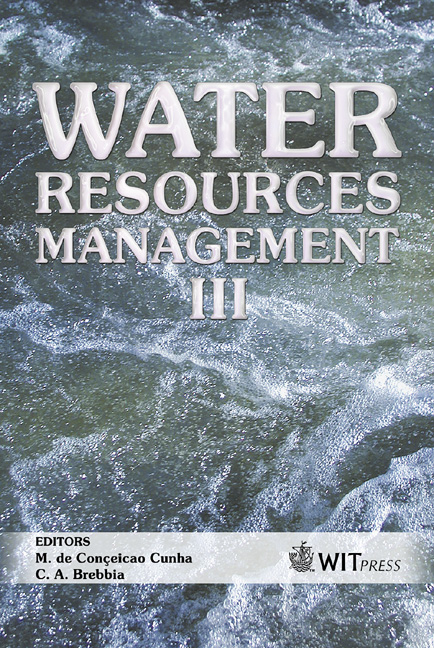Computational Modelling Of Reactive Transport In Hydrogeological Systems
Price
Free (open access)
Transaction
Volume
80
Pages
11
Published
2005
Size
497 kb
Paper DOI
10.2495/WRM050251
Copyright
WIT Press
Author(s)
N. J. Kiani, M. K. Patel & C.-H. Lai
Abstract
This study presents numerical simulations of solute transport through homogeneous and layered heterogeneous porous media taking the effects of solute partitioning and particle deposition processes into account. The model is based around PHYSICA’s multi-physics simulation environment and utilizes finite volume discretisation techniques to investigate the attenuation of reactive contaminants subject to equilibrium and kinetic adsorption isotherms. A number of test cases have been conducted for simulating one and two-dimensional advective-dispersive transport in homogeneous and layered soils. The accuracy of the model has been examined by means of analytical/numerical solution comparisons available in the literature. The model predicts that the shape and spread of contaminant plume can be strongly influenced by the governing adsorption mechanism for solute migration. Breakthrough curves of solute transport subject to nonlinear adsorption (advection-dominant problems) exhibit concentration shocks and sharp fronts with a retarded plume velocity as opposed to the linear adsorption. The contaminant concentration in layered physical and geochemically heterogeneous systems is observed to be affected by contrasting physical/geochemical properties and velocity variations across the layers. Keywords: adsorption, finite volume, layered soils, nonlinear isotherm, colloid transport, geochemically heterogeneous. 1 Introduction Adsorption is one of the mass transfer processes that control the attenuation of organic/inorganic compounds in hydrogeological systems. It involves the
Keywords
adsorption, finite volume, layered soils, nonlinear isotherm, colloid transport, geochemically heterogeneous.





